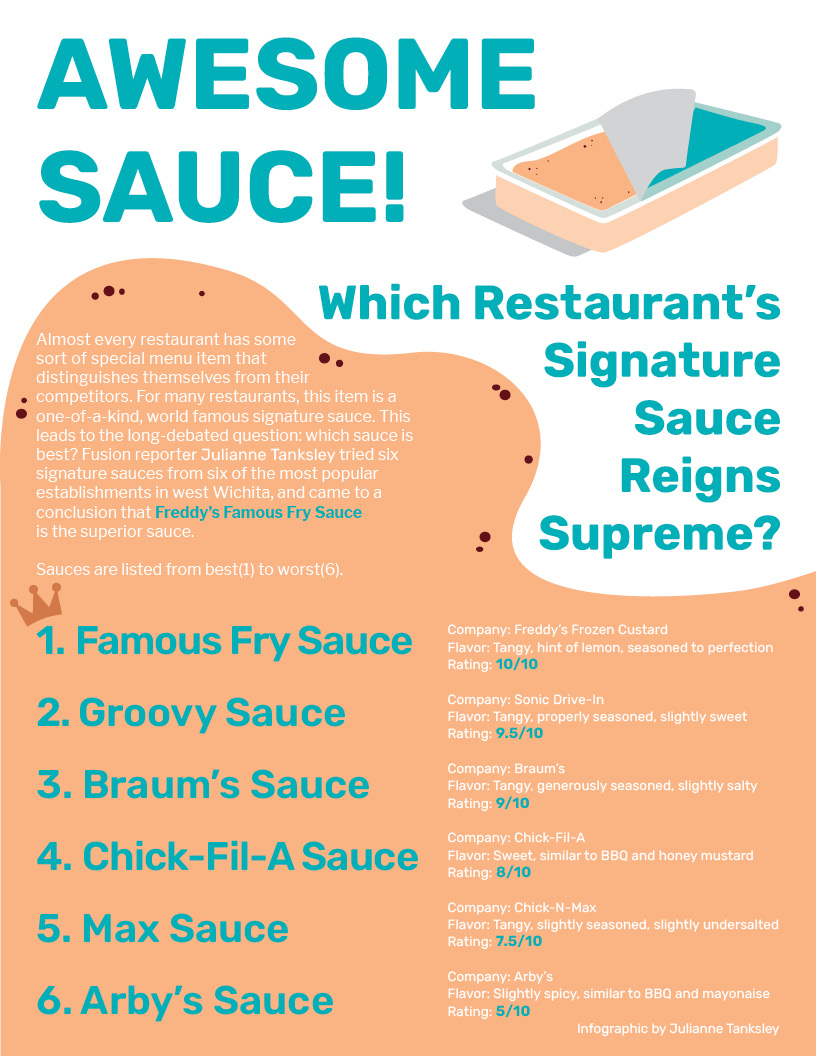A (not so) minor issue
Student vaping is a greater problem than it may seem
October 1, 2018
We did it. We learned from the mistakes of older generations, and we made a change. We saw the looming threat of lung cancer and made a plan to stop it. We made a plan to beat teen smoking.
Now, we aren’t the first generation to recognize the dangers of nicotine use. There have been other solutions before, most commonly the nicotine patch. But none of these have provided any
long-term solution. We needed something that would stick around, something modern and accessible so the younger generations could be cut off before they even developed an addiction. Something that would simulate smoking so closely that you could hardly notice you weren’t. Something so similar, in fact, that there would barely be a difference in nicotine content at all, if not more. We needed an electronic cigarette.
“The purpose of this invention is to provide an electronic cigarette that substitutes for real cigarettes and helps smokers to quit smoking,” the patent text for the first modern e-cigarette reads.
On paper, this sounds like a good idea: An electronic cigarette that can wean people off of smoking, leaving out the harmful tar and other negative side effects that come from cigarettes while still capturing the same feeling.
In theory, it’s a perfect solution. In reality, it seems to be a fiasco.
E-cigarettes are regarded as a joke. Adults think they’re stupid, and the word “Juul” itself is enough to make a teenager laugh. Still, there is nothing our generation loves making jokes about more than serious issues. This is just another one of them.
“Teenagers are kind of ‘right now’ thinking,” officer Jayme Dover said. “They’re not thinking five or 10 years down the road, and they’re not thinking about
consequences. ‘Nothing’s going to happen to me, everything’s gonna be OK.’ Plus, that’s the way vaping has been marketed, and that is just not correct.”
The greatest problem with vaping today is how it is being marketed, or rather mismarketed. Not only are e-cigarettes being misrepresented in the dangers they cause, but they are also directly targeted toward a teenage audience, one that by and large does not smoke in the first place.
Although e-cig companies like Juul claim to be used to end smoking addictions, a 2017 study by the Journal of the American Medical Association shows that vaping actually increases the risk of a smoking addiction. By mimicking the behavior of smoking, frequent use can plant patterns into adolescents. Without ever having a cigarette in your life, these patterns can increase the chances of cigarette and nicotine addiction, making the bad habit more accessible as there is no longer a learning curve.
The study also shows that e-cigs provide a much easier gateway to smoking and nicotine addiction than picking up traditional cigarettes. Because vaping does not necessarily start out with nicotine use, it opens the door for kids to take what starts off as a relatively harmless practice and escalate from there. Once nicotine is introduced, an addiction can quickly be picked up, as most e-cigs use the most addictive form of the drug, and a high concentration of it.
“E-cigarettes contain nicotine (and Juuls contain very high levels of nicotine), which is both extremely addictive and also quite harmful to the developing brain (brains continue to develop through the mid-20s),” Jessica Barrington-Trimis, a contributor to the study who is an assistant professor of preventive medicine at the University of Southern California, said in an email interview. “In addition, e-cigarette use has been strongly associated with subsequent cigarette initiation — that is, young people who begin using e-cigarettes are more likely than those who do not to then start smoking.”
Even worse than how vaping is being mismarketed as a safe, cure-all alternative to smoking is how it’s marketing
specifically targets teenagers. It seems like now you can’t go to the gas station, turn on your radio or drive a mile down the road without seeing some form of advertisement for Juul, acting as if it’s the cool new thing.
“I don’t know too many 42 year olds who [say] ‘I can’t wait to get the cotton candy flavor,’” principal Chris Botts said. “I think it’s targeted toward kids who are easy to influence.”
For the purpose of research, Play sent an underage reporter to several stores in the area that sell Juul pods, seeing how far he could get in the process of purchasing the nicotine-rich substance. Out of seven stores, two presented him with the opportunity to buy a pod, no ID required.
“You’re not having to go to a drug dealer,” Dover said. “You’re just going to the store.”
Of course vaping hasn’t just become a problem for students, but for the school as well. In the first month of the school year, five students were suspended for vaping or having an electronic cigarette on school grounds, with the school adding specific text regarding e-cig policies to the agenda in recent years.
“We have [seen a major increase in e-cig use], at least from a school discipline standpoint,” Botts said. “I wish that students understood the consequences or the harmful effects that it does have, and it’s frustrating.”
We have all had middle school talks about dangers of smoking and drug addiction. We all know that smoking is a problem that has plagued generations before us. Most of us aren’t stupid enough to take up the habit. So why are e-cigs any different?
We understand that this may sound like some cheesy after-school special about how bad it is to smoke, but look at the facts. Vaping has been shown to be dangerous for your health. It’s been proven to not end any sort of smoking addiction, still leaving users with a nicotine addiction, just from a different product.
It is marketed directly to them because companies think they’re dumb enough to fall for it. Prove them wrong.






